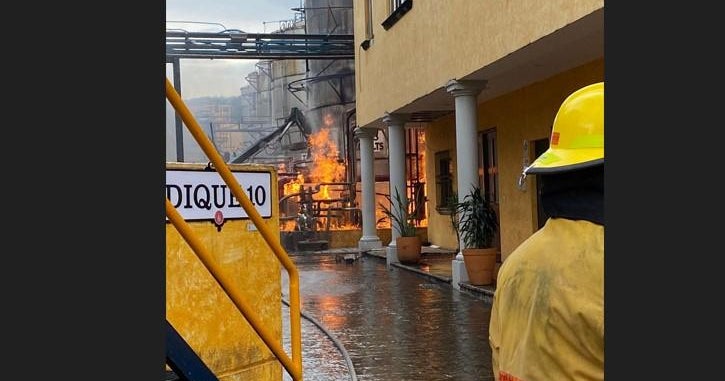Mexico finds bodies of 9 men and 2 women in secret burial pits near U.S. border
Authorities in northern Mexico say volunteer searchers have found 11 bodies in clandestine burial pits just a few miles from the U.S. border. The government of Sonora state said late Monday the bodies included nine men and two women.
Investigators used backhoes Sunday and Monday to excavate a series of pits, many holding several bodies, in San Luis Rio Colorado, across the border from Yuma, Arizona.
The state prosecutors' office said the bodies were "badly decomposed."
"In addition to the bodies, clothing and other personal items were collected," officials said in a news release. "The remains will be compared with DNA samples and fingerprints at the Forensic Scientific Intelligence Laboratory (CIF) for identification."
Volunteer search teams made up of relatives of disappeared people led authorities to the pits in a stretch of desert near a garbage dump.
Relatives of the disappeared have to conduct their own searches in many parts of Mexico, because police are unable or unwilling to do so.
Mexico has more than 98,356 disappeared, according to government data. Most are thought to have been killed by drug cartels, their bodies dumped into shallow graves, burned or dissolved.
The government has struggled to identify even the bodies that have been found. Some 52,000 await identification.
"Pelvis, skulls, femurs, everything just lying there"
Disappearances are considered the perfect crime because without a body, there's no crime. And the cartels are expert at ensuring that there is no body.
"If a criminal group has total control of an area they do what we call 'kitchens,' because they feel comfortable" burning bodies openly, said Jorge Macías, head of the Tamaulipas state search commission,. "In areas that are not theirs and where the other side could easily see the smoke, they dig graves."
In 2009, at the other end of the border, a member of the Tijuana cartel confessed to having "cooked" some 300 victims in caustic lye. Eight years later, a report from a public university investigation center showed that what officially had been a jail in the border city of Piedras Negras, was actually a Zetas command center and crematorium.
Perhaps the largest such site was yet another border setting near the mouth of the Rio Grande called "the dungeon," in territory controlled by the Gulf cartel. The memory still stirs Macías. The first time he went he saw "pelvis, skulls, femurs, everything just lying there and I said to myself, 'It can't be.'"
According to the Tamaulipas state forensic service, some 15 "extermination sites" have been found. There are also burial sites: In 2010, graves containing 191 bodies were found along one of the main migratory routes through Tamaulipas to the border. In 2014, 43 students disappeared in the southern state of Guerrero. Only three have been identified from pieces of burnt bones.
Most of the extermination sites have been found by family members who follow up leads themselves with or without the support and protection of authorities. Such search groups exist in nearly every state.
For the families, the discoveries inspire both hope and pain.
"It brings together a lot of emotions," said a woman who has been searching for her husband since 2014 and two brothers who disappeared later. Like thousands of relatives across Mexico, she has made the search for her loved ones her life. "It makes you happy to find (a site), but at the moment you see things the way they are, you nosedive."




